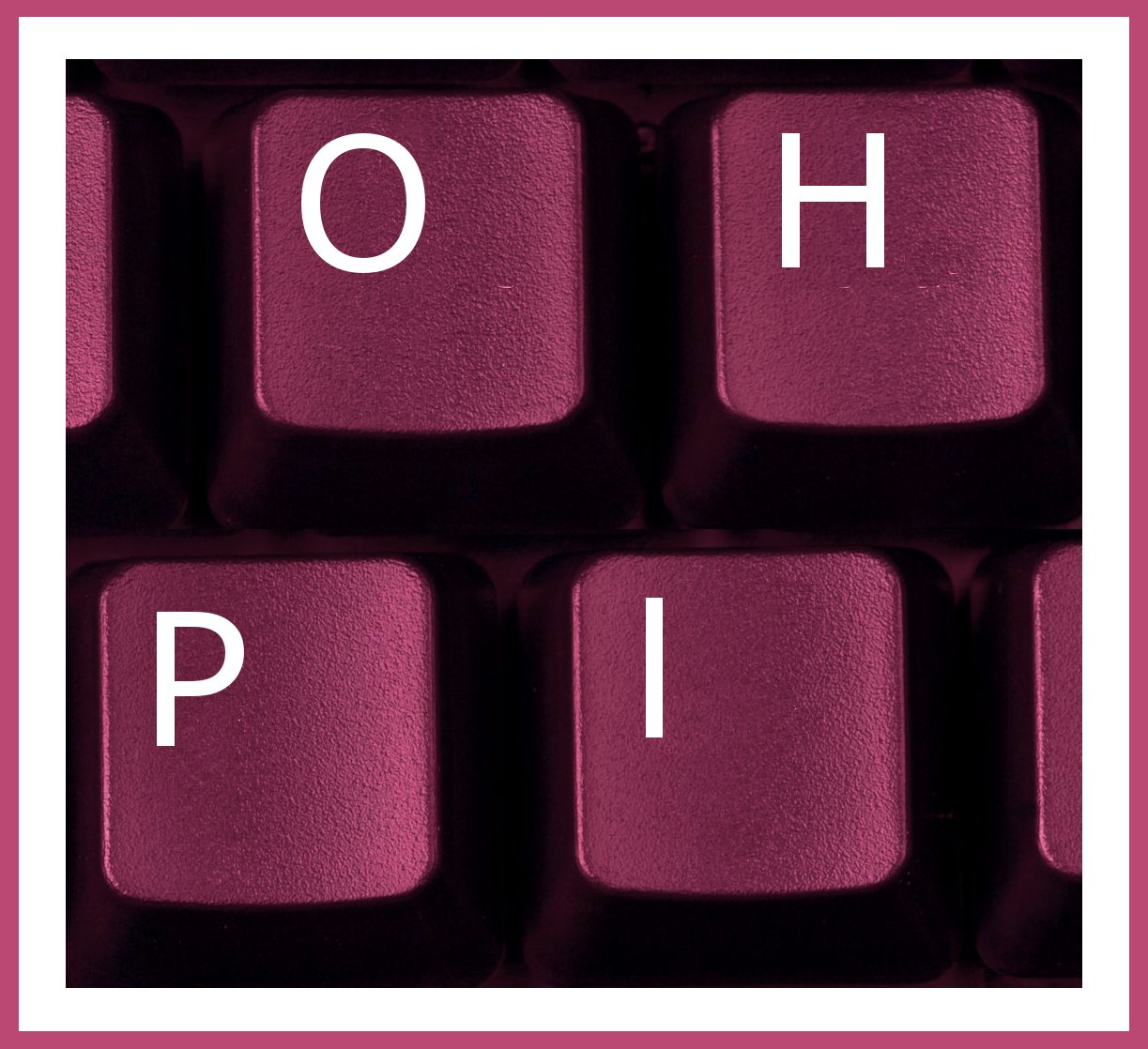The Australian Human Rights Commission has launched a plan to develop a National Anti-Racism Framework.
The Framework will be a long-term, central reference point to guide actions on anti-racism and equality by government, NGOs, business, communities, and other sectors.
The Commission was very interested to hear from those with expertise and knowledge of anti-racism initiatives and in responding to racism at structural, institutional, and inter-personal levels.
Our submission from February 4, 2022, illustrates that hate can be normalised in online spaces by negatively influencing people’s sense of what is acceptable. This can then be reflected in the real world. This problem must be addressed with engagement of technology companies and civil society.
Where the Anti-Racism Framework Can Best Provide Guidance
It is abundantly clear that the online world is significantly contributing to the problem of racism in society. This is the problem of “hate 2.0”, a generalisation of the problem of “antisemitism 2.0”, a term first coined in 2008. Concept explains how hate can be normalized in online spaces, negatively influence people’s sense of what is acceptable, and then see that change in values (a tolerance for racism) reflected in the real world. It doesn’t mean everyone becomes racism, but it does significantly undermine our ability to prevent racism.
Given the role of this problem as a negative catalyst, is it appropriate that it be specifically addressed in the strategy. At present the only mention is that “The media (including social media) commits to countering and preventing racism and racial discrimination through their operations.” There have been multiple parliamentary inquires looking at the fact that self-regulation by social media companies to prevent societal harms is not enough. We see this quite clearly in Online Safety Act 2021 (Cth), though it doesn’t address racism specifically.
Key additional issues for the framework in relation to online hate are:
- Ensuring platforms provide transparency reports specific to Australia and which disaggregate based on different types of racism: (a) the number of reports made by Australian users, (b) the percent of those report which were upheld, (c) the number of items of content posted from Australia which were removed for being racist (either due to a user report, or due to automated detection).
- Ensuring there is independent data collected of online racist content visible in Australia. This data should look at the sort of racism report, whether action was taken by the platforms, and whether (if the content was not removed) an independent assessment agrees the content was racist. This independent mechanism helps verify the quality of reports from the platforms, but also addresses gaps in relation to platforms that will not provide the required reports.
- Ensuring there is research into how racism is manifesting online to Australian audiences and public education to explain and address the negative messages.
- Ensuring there is education on how to recognise and respond to online racism in a safe manner that does not put the up-stander at risk.
As we recently explained to the Federal Parliament, a large part of the work of dealing with online hate, including cyber-racism, in Australia is done by the Online Hate Prevention Institute. We are recognised as international experts in this space, but funding to support this work is almost nonexistent. We can, if funding is available, provide a service to address the above goals.
Resources
You can download the full submission to the Human Rights Commission National Anti-Racism Framework here.
Learn more about the Anti-Racism Framework here.
